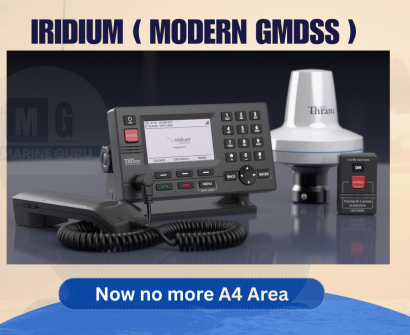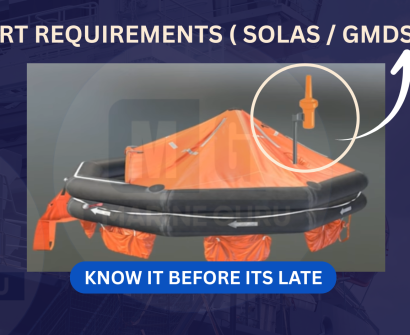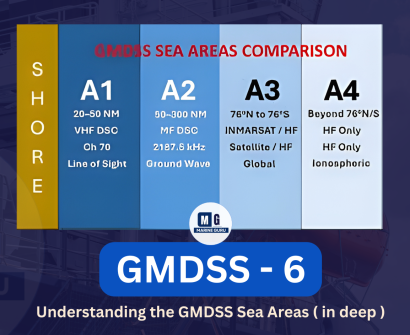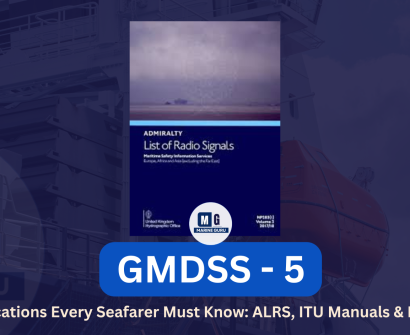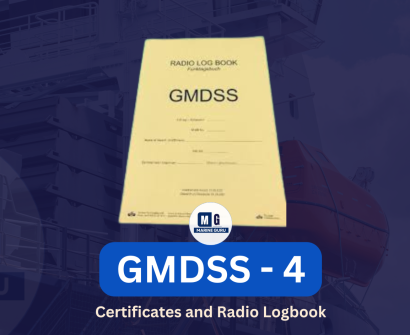GMDSS Course in India: What It Is, How the Indian GOC Exam Works & How to PASS — MarineGuru Guide
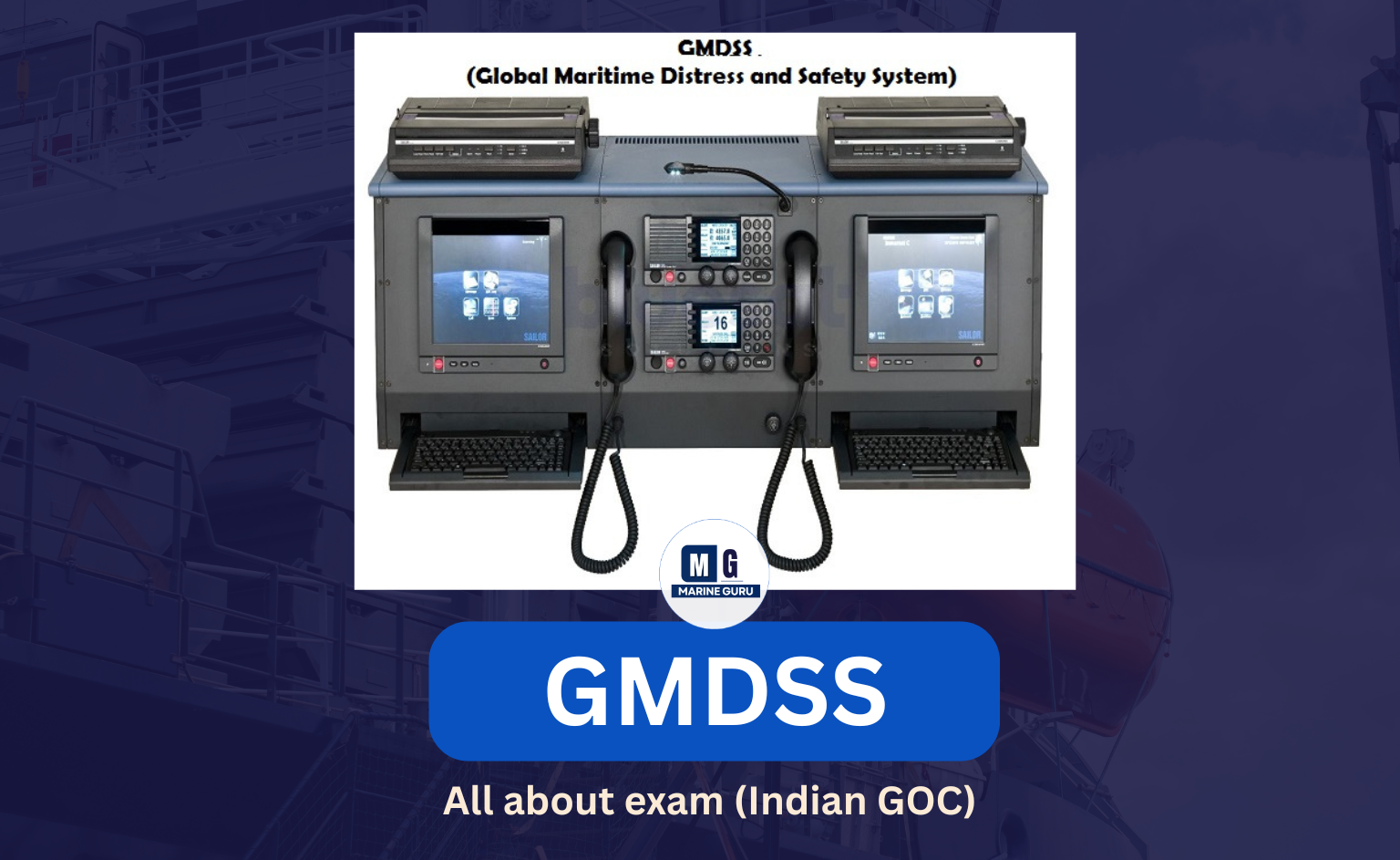
GMDSS Course (Indian GOC) — Objectives, Course Design, Exam Pattern & Practical Tips (MarineGuru)
Welcome to MarineGuru’s beginner-friendly guide to the GMDSS GOC in India. This page explains what GMDSS is, how the Indian GOC course is structured, the exact exam format (written, oral, practical), and practical tips to help you pass on the first attempt.
Quick key facts (at-a-glance)
- Course length: 12 days training + up to 5 days of examinations (typical Indian GOC format).
- Exam parts: Part I (Written) — 60 marks | Part II (Practical/Oral/Simulator) — 70 marks.
- Passing: Part I must be passed before attempting Part II. Aim to master both theory and hands-on practice.
- Authorities involved: WPC (Wireless Planning & Coordination Wing) and MMD / DG Shipping (surveyors/examiners).
What is GMDSS & why it matters
GMDSS = Global Maritime Distress and Safety System.
Implemented to reduce rescue times and ensure a distress reaches shore authorities as well as other ships. Mandatory (since 1999) for ships above 300 GRT and for passenger vessels on international voyages. Knowing GMDSS is not only for certification — it’s lifesaving competence. Failure to act correctly in an emergency can have legal consequences.
Indian GOC course design — simple breakdown
- Total duration: 12 days of classroom + simulator/practical training.
- Content covered:
- Operation of MF / HF / VHF / DSC / Inmarsat / NAVTEX / EPIRB / SART and other GMDSS equipment.
- Message formats, distress procedures, maintenance checks.
- Documentation, logbooks, antenna/rigging considerations, battery inspection.
- Goal: Make you competent to send/receive distress alerts, routine calls, and maintain equipment.
Exam pattern — exactly how it works
Part I — Written (60 marks)
- Section A: 30 MCQs (1 mark each) — pass mark ≥ 18/30.
- Section B: 5 descriptive questions (6 marks each = 30 marks) — pass mark ≥ 18/30.
- Overall: You must pass both Section A and B individually (i.e., score at least 18 in each).
- Question types: message formats, definitions, block diagrams (transmitter/receiver), short theory.
Part II — Practical & Oral (70 marks total)
Part II is split into 4 sub-parts. You are allowed only if you pass Part I.
- Commercial Log (30 marks)
- Listen to a spoken radio message and copy it exactly. Tests accuracy under realistic watch conditions.
- Simulator Practical (e.g., Fleet 77) (~30 marks)
- Conducted by WPC surveyor(s). May include propagation questions, DSC scenarios and simulator-based tasks.
- MF/HF/VHF Practical (20 marks)
- Send distress alerts, routine calls, NBDP/Telex communications as required.
- Safety Equipment, Battery & Documentation (oral/practical)
- DG nautical surveyor asks about EPIRB, SART, battery maintenance, antenna rigging plan, documentation.
Note: Some examiners treat Part II as a combined 70 marks. Others require minimum sub-scores per section. Be prepared for either approach.
Who examines you? WPC vs. MMD (and DG Shipping)
- WPC: wireless surveyors — they handle radio, DSC, simulator practicals. Know the full form: Wireless Planning & Coordination Wing, Ministry of Communications. (Learn it — examiners ask.)
- MMD / DG Shipping: nautical surveyors — they handle documentation, batteries, EPIRB, SSO/sea-safety related questions.
- You may face both examiners during the same session.
Real exam logistics — what to expect on the day
- Candidates are grouped after Part I results. Grouping may be random (based on roll numbers).
- Expect to rotate between stations — commercial log, simulator, MF/HF/VHF practical, and oral.
- Results are usually declared the same evening.
Practical study plan — how to ace it (MarineGuru recommended)
- Day 1–5 (Theory + MCQ practice): Daily short study sessions; complete Section A & B topics.
- Day 6–12 (Hands-on focus): Spend at least 7 of 12 days on practical operation: operate DSC, NAVTEX, EPIRB, SART, MF/HF/VHF, and Fleet 77 simulator. Repeat message sends until flawless.
- Before exam: Practice commercial log exercises with poor-quality audio to simulate foreign accents.
- Mindset: First attempt is your best attempt — minimize gaps between training and exam.
Common pitfalls & how to avoid them
- Not knowing WPC full form — memorise it.
- Rote learning only — understand procedures; you’ll need to act under pressure.
- Over-reliance on peers during practicals — do not copy answers; examiners watch for inconsistency.
- Not practicing with foreign-accent audio — commercial log becomes tough otherwise.
Quick checklist before you enter exam hall
- Valid ID & training attendance certificates.
- Practical logbook entries (if required).
- Knowledge of message formats (e.g., distress message structure).
- Familiarity with NBDP and telex procedures.
- Calm mindset and readiness to rotate between stations.
FAQs
Q: How many days is the Indian GMDSS GOC course?
A: Typically 12 days of training plus up to 5 days of examinations.
Q: Do I need to pass Part I before Part II?
A: Yes. You must pass the written exam (Part I) to appear for practicals and oral tests (Part II).
Q: Who conducts the practicals?
A: Practical exams are usually conducted jointly by WPC surveyors (radio/simulator) and DG Shipping / MMD surveyors (documents, safety equipment).
Q: What score is required to pass the written paper?
A: Minimum 18/30 in Section A (MCQs) and 18/30 in Section B (descriptive), totaling 36/60, with individual section pass marks required.
Q: How can I improve my commercial log score?
A: Practice copying spoken radio messages from low-quality audio and foreign-accent speakers. Build speed and accuracy.


